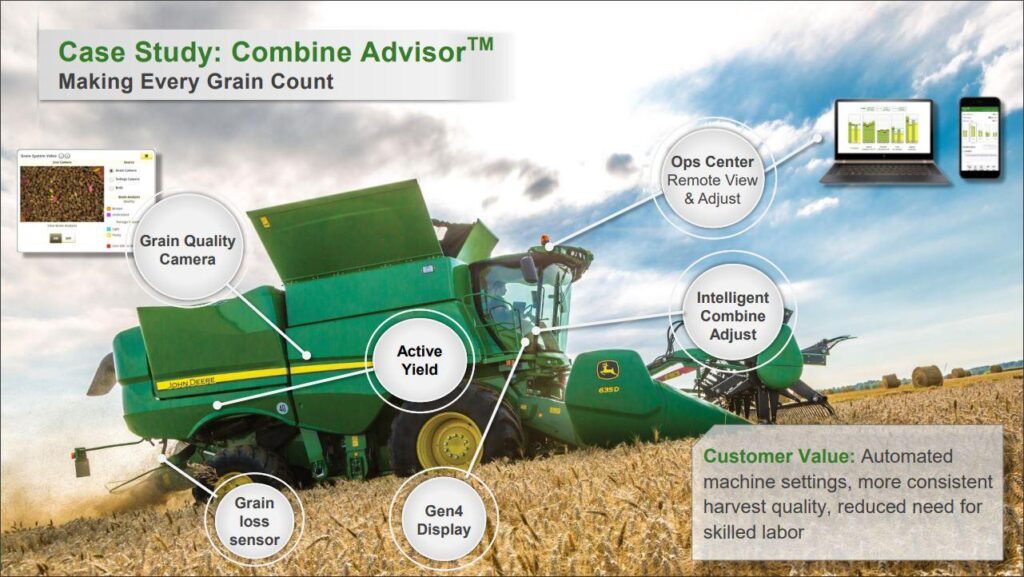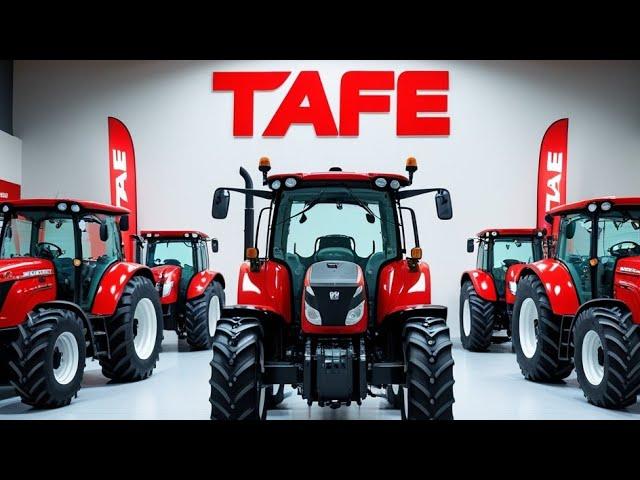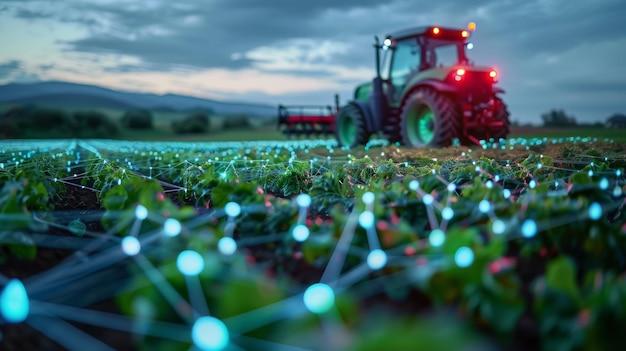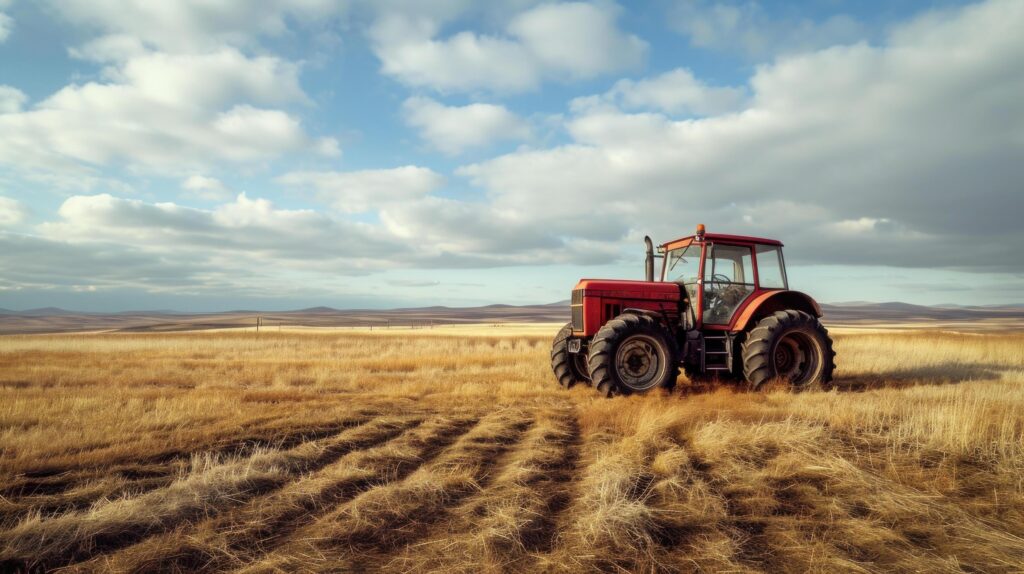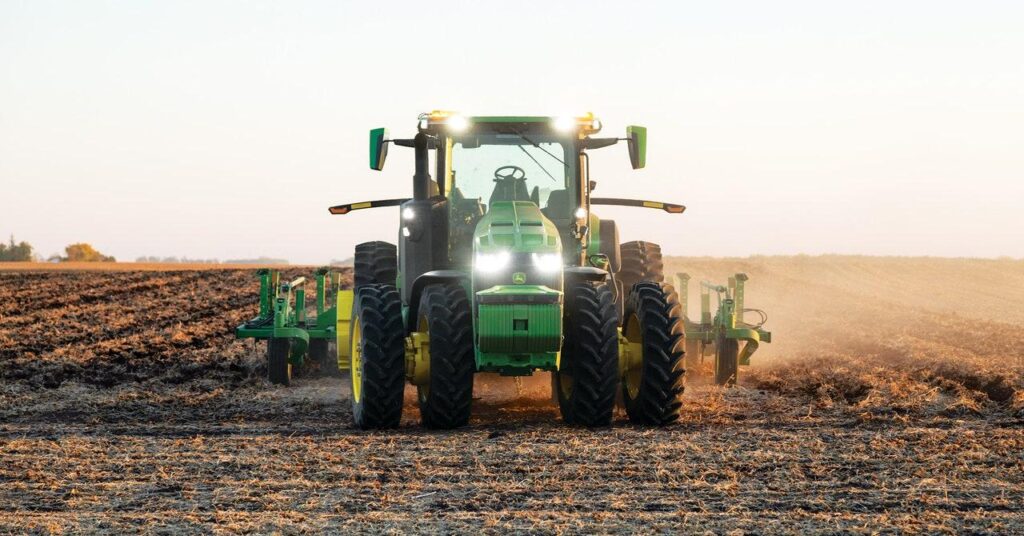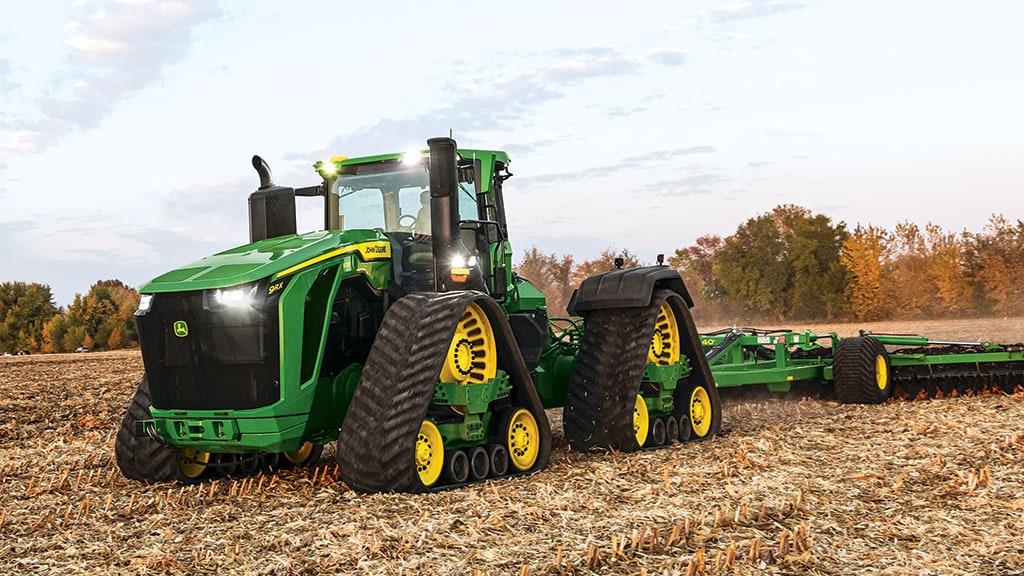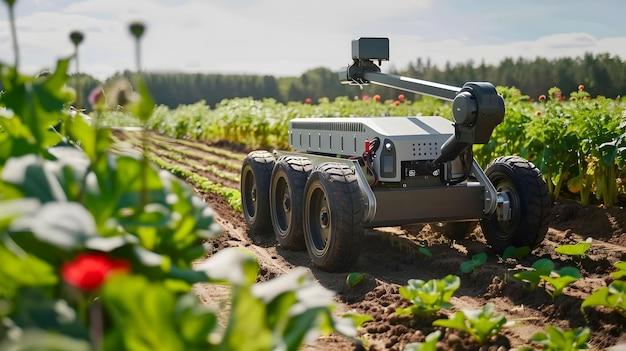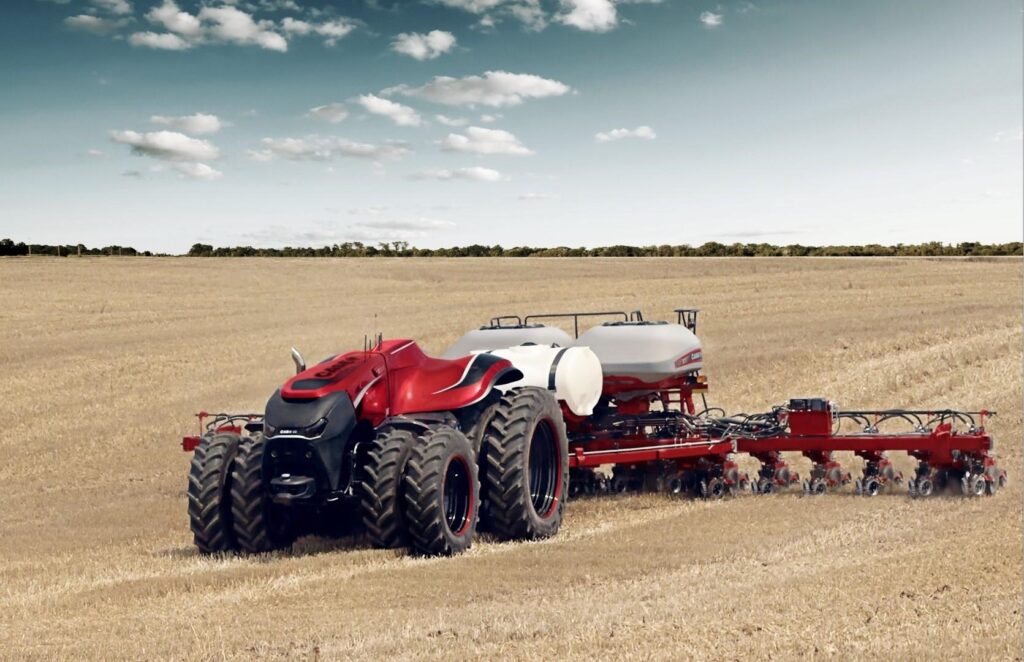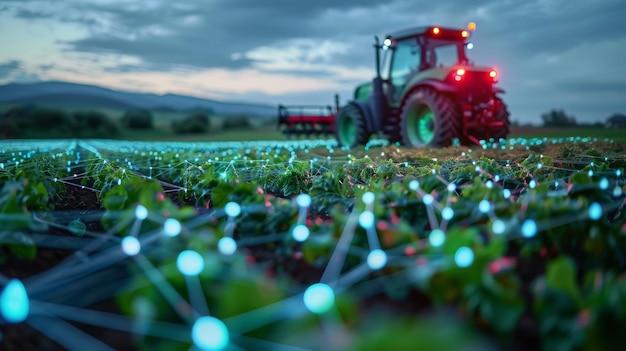Digital agriculture is transforming traditional farming practices through the integration of advanced technologies and data-driven solutions. From precision farming and IoT sensors to artificial intelligence and automated machinery, modern agricultural operations are increasingly embracing smart technologies to optimize crop yields, conserve resources, and enhance overall productivity. As global food demand rises and environmental challenges persist, these digital innovations are reshaping how farmers approach cultivation, monitoring, and harvest management in the 21st century. Modern farming practices have undergone a remarkable transformation with the integration of digital technologies. Farmers now leverage complex tools and data-driven solutions to optimize crop yields, reduce resource waste, and enhance overall agricultural productivity.
Precision agriculture technologies enable farmers to monitor field conditions in real-time through sensors and IoT devices. These smart systems collect vital data about soil moisture, nutrient levels, and weather patterns, allowing for precise irrigation and fertilization decisions. Farmers receive instant alerts on their smartphones, enabling them to respond quickly to changing field conditions.
Drones equipped with advanced imaging capabilities provide aerial surveillance of crops, detecting early signs of disease, pest infestations, or nutrient deficiencies. This technology helps farmers address issues before they escalate, considerably reducing crop losses and minimizing the use of pesticides.
Machine learning algorithms analyze historical and current data to predict optimal planting and harvesting times. These AI-powered systems consider multiple variables, including weather forecasts, soil conditions, and market demands, helping farmers make informed decisions about crop management.
Automated farming equipment, guided by GPS technology, ensures precise seeding, spraying, and harvesting. This reduces overlap and eliminates gaps in field operations, leading to improved efficiency and reduced input costs. Smart tractors and harvesters can operate autonomously, addressing labor shortages while maintaining consistent operation quality.
Blockchain technology is revolutionizing agricultural supply chains by providing clarity and traceability. Consumers can now track their food from farm to table, ensuring quality and authenticity. This digital ledger system also helps farmers secure better prices for their produce by eliminating intermediaries.
Climate-smart agriculture utilizes digital tools to adapt to changing weather patterns. Advanced weather monitoring systems and predictive analytics help farmers prepare for extreme weather events and adjust their farming practices accordingly.
Digital marketplaces connect farmers directly with buyers, enabling them to access broader markets and secure better prices for their produce. These platforms also provide valuable market insights, helping farmers plan their production based on demand forecasts.
smart greenhouses equipped with automated climate control systems optimize growing conditions for crops. Sensors monitor temperature, humidity, and light levels, automatically adjusting parameters to maintain ideal conditions while minimizing energy consumption.
Livestock farming benefits from digital monitoring systems that track animal health, behavior, and productivity. RFID tags and biometric sensors provide real-time data about individual animals, enabling early disease detection and optimal feeding strategies.
Mobile applications provide farmers with instant access to agricultural expertise, weather updates, and market information.These apps also facilitate interaction with agricultural experts and fellow farmers, creating valuable knowledge-sharing networks within the farming community.
As technology continues to evolve, digital agriculture is becoming increasingly accessible to farmers of all scales. This digital revolution in farming not only improves productivity and sustainability but also attracts younger generations to agriculture, ensuring the industry’s future vitality.


